Desensitization and counterconditioning are two training methods that may help your dog overcome reactivity and negative feelings toward certain people, animals, or other triggers. If your dog is exhibiting fear or anxiety, it is important to develop a plan that is consistent and based on proven methods to retrain your dog's thought processes and reactions.
What Is Desensitization?
One of the most commonly recommended ways to help your dog overcome their fears is to utilize a training technique called desensitization. Desensitization is a behavioral modification process that exposes your dog to their fears in a very slow, low-level way that increases over time in order to teach them not to react negatively.
Desensitization helps your dog learn that the thing they're afraid of has no reason to be feared. If your dog was once sensitive to an object, noise, or person, desensitization training will make that stimulus seem unimportant or just like any other thing your dog isn't afraid of. Desensitization training is often used in conjunction with counterconditioning training.
What Is Counterconditioning?
Counterconditioning is a training technique that is often used alongside desensitization training. If your dog reacts in a negative way to a stimulus, counterconditioning may reverse your dog's reaction from something unwanted to something that is wanted, or from a negative reaction to a positive one.
For example, imagine if every time your dog saw a person walk by the house, they lunged at the window, growled, barked, and scratched up your windowsill. These negative feelings and unwanted behaviors need to be turned into positive feelings and wanted behaviors. Counterconditioning training can make this reversal happen by helping your dog associate the person walking by with a positive or happy experience. Treats, attention, verbal praise, special toys, and other forms of positive reinforcement are used as rewards in this type of behavior modification.
How to Use Desensitization and Counterconditioning to Change Your Dog's Behavior
Depending on the specific behavior, situation, and pet, it may take longer for some dogs to unlearn what they've been conditioned into but if you are consistent and patient, you can make positive changes.
Determine Your Dog's Triggers
Is it a sound, smell, person, or object? This may take some observational skills on your part but once you determine what it is, you can begin the training by introducing your dog to their trigger in a way that won't cause them to be scared, aggressive, fearful, etc.
It is critical to understand the subtle signs of fear and anxiety in dogs to be able to identify the true trigger. Sometimes the dog will show subtle signs that then escalate and appear to be in reaction to something that is actually not the trigger. For example, if a dog is nervous about the mail man but then seems to bark and become aggressive toward a housemate or person in the house. We need to identify the very first symptoms of fear and anxiety and retrain to that trigger.
Practice Positive Reinforcement Around the Trigger
If an object is the trigger for your dog's negative thoughts and behavior, you'll want to place that item far away from your dog at first. Make sure your dog can see the item but that he doesn't react negatively to it. Every time your dog notices their trigger and doesn't react in a negative way, reward. This reward may be your dog's favorite toy, verbal praise and petting, or an extra-special treat.
Keep the item in this place for a period of time, usually a few days, or expose it to your dog each day for a few hours if you are unable to place it somewhere semi-permanently. Over time, slowly move the item closer and closer to your dog while constantly rewarding your dog when they see the item without reacting in an unwanted manner. If your dog begins to react negatively as you move the item closer, you can move it back a bit to slow the process down.
Don't Scold Your Dog
Do not scold your dog if they react in an unwanted manner, but instead reward your dog when they don't react so they can begin to associate the trigger with a positive outcome. Over time, your dog may even begin to ignore the object. Eventually the item will be close to your dog, but they will have realized that there is nothing to be afraid of, or desensitized. The dog will also associate the item with something positive like treats, toys, praise, and petting due to the counterconditioning training that was done concurrently.
Start Small
The combination of these two training techniques can be utilized in similar ways for smells, sounds, and even people that cause your dog to react in an unwanted way. Start with a faint smell or quiet sound and work your way up to a stronger smell or louder sound if those things are the triggers. If the trigger is a person, start with the person being far away and over time have them move closer, just like you would with an object.
Be Patient
Despite the type of trigger, it's important to remember that these training sessions are on your dog's timeline, not yours. Discuss your training plans with your veterinarian. They may have some supplement recommendations that can help decrease anxiety and improve learning progress. If a pet is nervous about something, helping to decrease these feelings should speed the training process and improve outcomes.
If you try and rush things, desensitization and counterconditioning will not work. You do not want to overstimulate, scare, or force your dog into anything, as it could make things worse. You instead want your dog to slowly become comfortable and associate the trigger with something positive. This can only be done by being patient and observant of your dog's reactions.

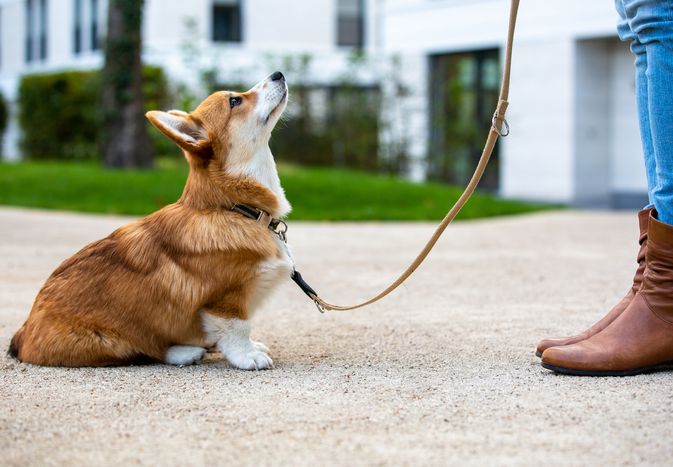

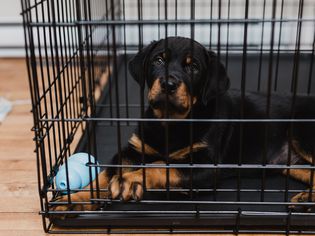

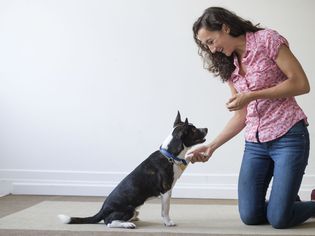

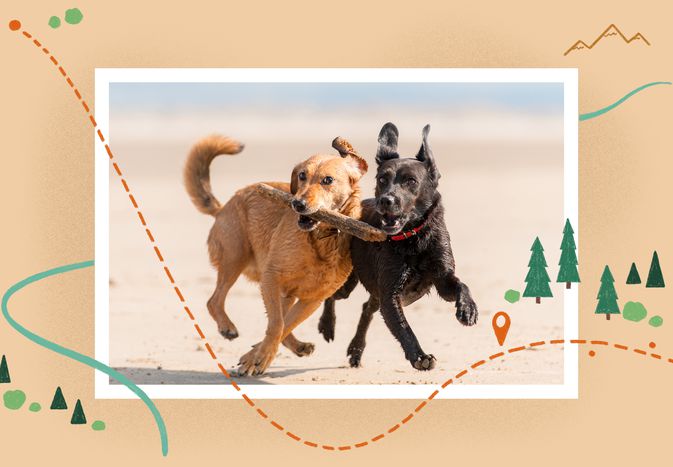

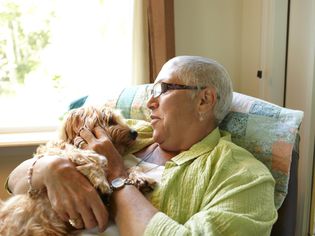
Comments on " What Is Desensitization and Counterconditioning?" :